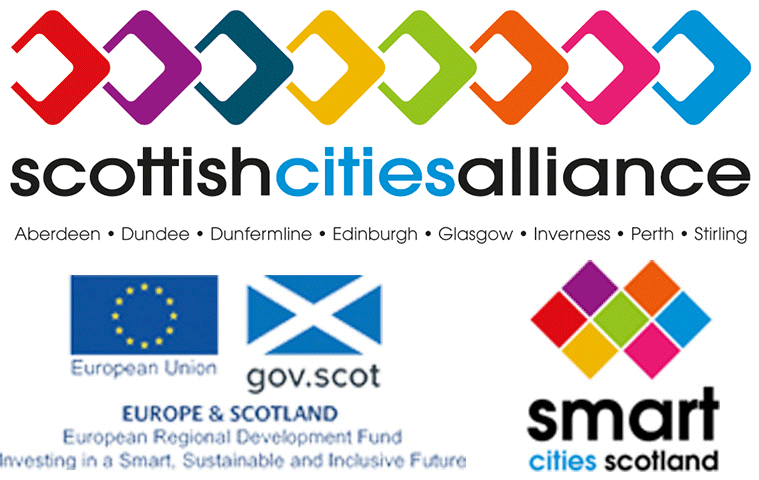Project Overview
CCTV stands for Closed-Circuit Television and whilst historically this has been an accurate portrayal of a Public Realm system; primarily used to prevent and detect crime, technology has since evolved. IP cameras and their digital video systems in the industry today have transformed what they can do for end-users such as City of Edinburgh Council.
The ERDF 8th City Programme steered colleagues at Edinburgh to innovate and convert the existing CCTV service into a futureproofed end-to-end visual sensor infrastructure. Approaching the system planning phase with a blank slate and cutting-edge technology in mind, a vision for developing the foundations of a Smart City Operations Centre soon materialised.
Edinburgh seeks to install an advanced Video Management System (VMS), modern networking mesh for the transmission of data across the city and high-resolution IP cameras to create a state-of-the-art Video Surveillance System as part of the Public Safety project.
Why was it needed?
The VMS intends to incorporate the latest video analytical software in the market to better manage the operational requirements of the city. These analytics will create many efficiencies in the operational day-to-day running of the service, such as being able to automatically detect and alert an operator of an object left in a designated area and contact blue light services in an efficient automated incident workflow when required.
There are countless immediate service benefits posed by a system capable of these analytics and automated responses which enable operators to handle any public safety incidents as quickly and efficiently as possible.
A significant aspect of a cutting-edge VMS will be the transition from being a primarily reactive service, to a proactive one by utilising data to leverage insights for the city. By installing high resolution IP cameras, particularly within locations at main thoroughfares, the video analytical software can provide a much richer view of how people interact with the built environment – whether that is on foot, bicycle or vehicle. This data analysis can allow for better city planning and even data-driven flow management.
Impact and Benefits
The VMS will be flexible and open in order to be able to grow and adapt into an operational platform built up with the bespoke analytics required for Edinburgh’s unique requirements; successfully monitoring large events such as Hogmanay and the Fringe Festival but also analysing traffic flow in key arterial routes of the city.
The data captured and analysed by the Video Surveillance System, could be merged with other currently disparate data sets across the city such as air quality to discover new insights and understand holistically the way in which the city operates. Furthermore, it could unlock other ways to make operational activity more efficient in the future by creating synergies between other services in the organisation.
The innovative approach enabled by the 8th City Programme has certainly acted as a catalyst for developing the smart city vision within this project. By engaging in the ERDF bidding process, establishing the project and contributing towards the 8th City Advisory Board, the art of the possible has been empowered within the service area.
Further Information
Miranda Matoshi, ERDF Project Manager, City of Edinburgh Council / miranda.matoshi@edinburgh.gov.uk

 X
X Linkedin
Linkedin